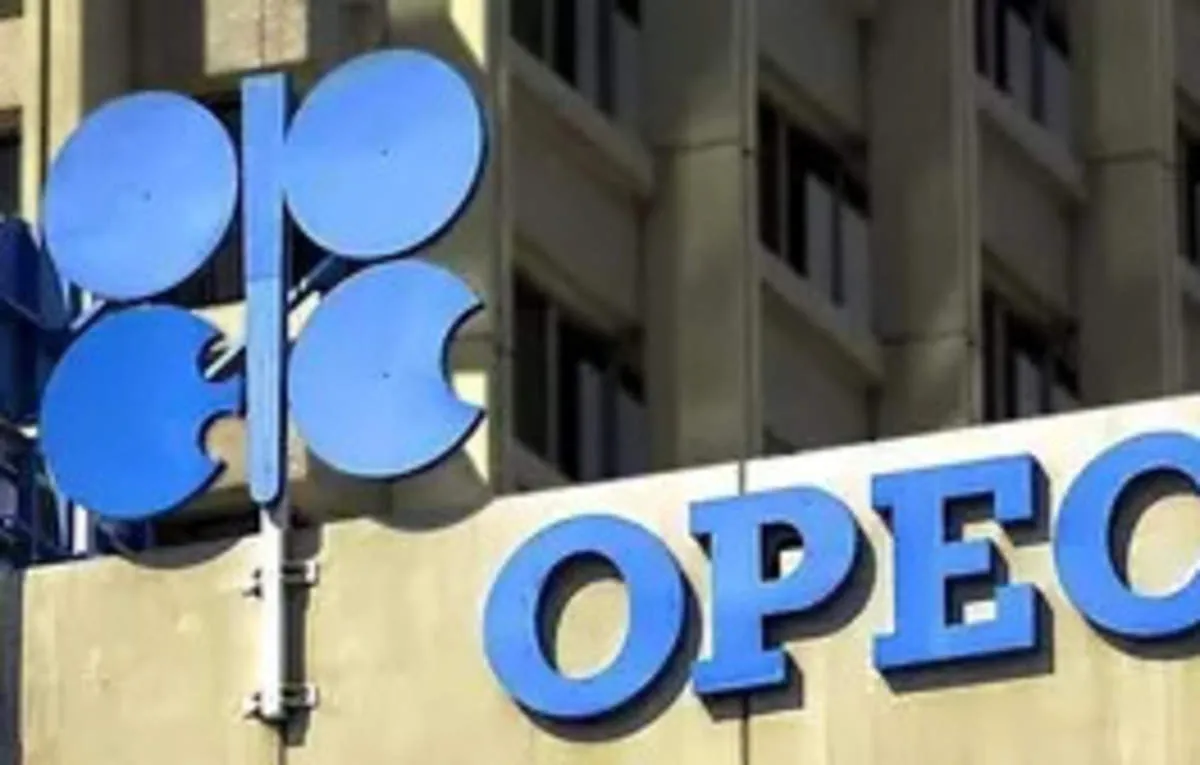OPEC+ Faces Critical Challenges with Oil Price and Demand Dynamics

LAUNCESTON: OPEC+ has two problems and two solutions. The first issue is that crude oil prices are too low for the comfort of most of the members of the group, which pulls together the Organization of the Petroleum Exporting Countries (OPEC) and its allies including Russia. The second issue is that crude demand has so far disappointed the somewhat optimistic forecasts made by OPEC for 2024 growth.
The first solution is for OPEC+ to surprise the market and change its mind on increasing output from the fourth quarter onwards. The second solution is to increase output as planned, allow further price weakness and trust that over time the lower cost of the key commodity that powers the global economy will result in faster growth and rising demand.
So far the indications are that the first solution is off the table, with sources within the OPEC+ group telling Reuters last week that they still intend to go ahead with easing their production curbs. Eight OPEC+ members are scheduled to boost output by 180,000 barrels per day (bpd) in October, the first stage of unwinding production cuts of 2.2 million bpd, which is around 2% of global daily demand.
When the group announced the decision to start increasing output from October, it was against a backdrop of widespread forecasts of strong demand growth for the rest of 2024, largely led by a recovery in China, the world's top crude-importing nation.
The initial reaction to the OPEC+ announcement was mildly bullish for crude prices, with global benchmark Brent futures rising from a six-month low of $76.76 a barrel on June 4 to reach $87.85 on July 5. But since then the price has trended downwards, with Brent sliding to $78.80 a barrel at the close on Aug. 30.
The weakness continued on the first trading day of September, with the price dropping as low as $76.23 during Asian trade on Monday. What has changed is that there is no real sign of any acceleration in import demand in China, or even more broadly in Asia, while concerns have increased about slowing economies across Europe and North America.
The most recent monthly report from OPEC did go a tiny way to recognising the weakness in demand growth, with the group paring its 2024 forecast to 2.11 million bpd, down a modest 140,000 bpd from its prior expectation. OPEC still expects China to provide 700,000 bpd of the total global demand growth, a forecast that looks increasingly out of touch with the realities of the physical market. China's crude imports dropped to 9.97 million bpd in July, the lowest on a daily basis since September 2022, and down from June's 11.3 million bpd.
It seems increasingly unlikely that China will meet OPEC's expectations, and it also seems improbable that the rest of the world will see demand growth in line with the producer group's forecasts. If demand growth does disappoint OPEC's expectations, where does that leave the producer group and its allies within OPEC+ as far as output policy goes.
The short-term option is to try and surprise the market by abandoning the commitment to ease production curbs from October. This may have the immediate effect of boosting prices by squeezing short positions in the paper market. But any boost will likely be short-lived before the focus returns to the state of demand and the atmosphere of uncertainty in many parts of the world, including the Middle East and what's shaping up to be a tightly-contested presidential election in the United States.
Whether OPEC+ is prepared to tolerate lower prices for a period of six months to a year remains to be seen. But the current strategy of cutting output hasn't resulted in prices rising as much as the group probably would have hoped. Rather it has kept prices higher than they probably should be for the state of the global economy, and also likely worked against a faster bounce back for world growth.
This article was prepared using information from open sources in accordance with the principles of Ethical Policy. The editorial team is not responsible for absolute accuracy, as it relies on data from the sources referenced.